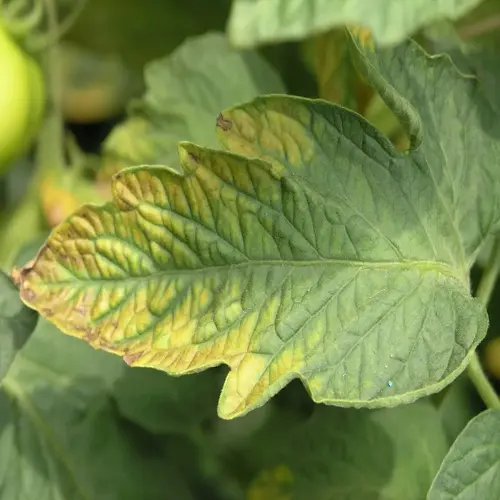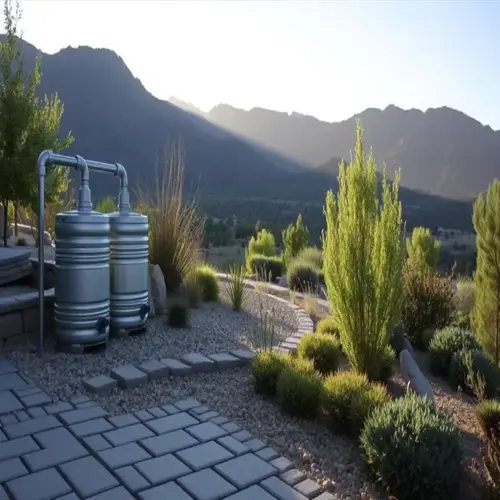How do I maximize rose blooming?

Written by
Michael Sullivan
Reviewed by
Prof. Samuel Fitzgerald, Ph.D.To optimize rose blooms is an undertaking that necessitates coordinated actions between feeding, pruning, and environmental aspects. I transformed my mediocre bloomers into cascading profusions of color using phosphorus-dense fertilizers during peak bloom periods. Loading peas with fertilizer can promote bud growth and inhibit leaf growth, potentially to the detriment of blooms.
The act of deadheading redirects energy immediately. Cut off spent blooms just above the first five-leaflet stem within 24 hours of fading. It will produce new buds within days. My climbing roses now make three times more flowers since I've begun taking a daily deadheading stroll through my garden.
Light Optimization
- Position roses for 6+ hours direct sunlight
- Morning sun dries dew preventing fungal diseases
- Reflective mulch boosts light exposure by 15%
- Prune overhead branches blocking light penetration
Moisture Management
- Water deeply 2-3 times weekly reaching 12-inch depth
- Use drip irrigation to avoid wetting foliage
- Maintain consistent moisture without saturation
- Mulch with 3 inches organic matter to retain moisture
Sunshine exposure regulates bloom count. Roses that receive six hours of daily sunlight average 40% greater blooms than shaded plants do. Keep track of sunlight patterns seasonally. I use a sun calculator app to check sun exposure for container roses and adjust their placement accordingly as the angles change.
Constant moisture prevents bloom abortion. Install soil moisture sensors at the rootzone level. Water when the readings drop below 50% capacity. My drip system with timers supplies perfect moisture. Avoid over-saturation; you risk suffocating the roots and flowers.
Regional adaptations improve results. Humid regions need morning watering to reduce mildew formation. Hot regions need afternoon shade protection. My Texas garden has 30% shade cloth on during peak temperatures. This prevents bud scorch or discoloration while allowing for bloom formation.
Read the full article: When to Fertilize Roses: Complete Guide

